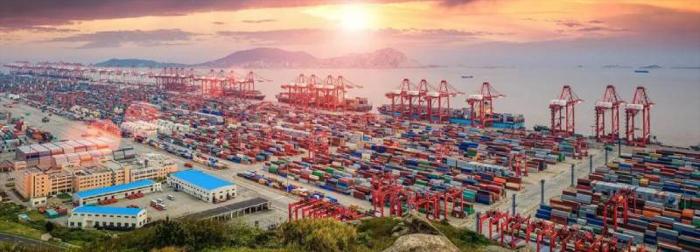Chinese New Year rush and threat of tariffs leaves box ports congested
The Chinese factory rush to get goods out before the new year holiday, and the threat of US import tariffs, have seen global container port congestion hit a three-month high.
Approximately 3.3m teu, or nearly 11% of the container shipping fleet, is held up at ports in Asia, Europe and North America, according to a Linerlytica report today.
The consultancy said: “Chinese ports are extremely congested in the run-up to the holidays, with both the Yangtze River ports and Pearl River Delta ports recording a significant surge in gate and berth congestion. The pre-holiday cargo rush has been exacerbated by heavy demand to beat potential US tariffs for Chinese imports, with carriers also scrambling to build cargo roll pools ahead of the holiday lull.”
Linerlytica said the congestion in China would disrupt the transition to the new container shipping alliances on 1 February, giving breathing space to mainline operators that are bracing for under-utilisation after Chinese New Year, which starts tomorrow.
The southern port of Yantian, which processes one-third of Guangdong’s international trade and 25% of China’s exports to the US, upped its daily cap on container handling by 15%, to 15,000 units in the past eight days, it said last week.
In 2024, Yantian’s container volumes increased nearly 7% year on year, to a record 17.37m teu, in tandem with the 15% jump in neighbouring Shenzhen’s exports to a new all-time high of CNY2.81trn ($384.93bn).
Severe weather at both the US Atlantic coast and around the English Channel has also impacted vessel movements and held up ships heading to and from the US east coast and northern Europe. UK ports were especially affected, with Felixstowe, Southampton and London Gateway all forced to shut, with weather warnings persisting through this week. Furthermore, workers in French ports and at ECT Rotterdam have started industrial action, slowing operations.
The implementation of tariffs on US imports from China remains unclear. Shortly after Donald Trump’s election win in November, he talked about levying a 60% tariff on imports from China. However, after his inauguration on 20 January, President Trump said a 10% tariff could be imposed from 1 February.
Then, in an interview with Fox News on 23 January, he said tariffs might not be executed after all, with the China’s Ministry of Commerce urging dialogue and consultation to resolve issues between the two countries.
